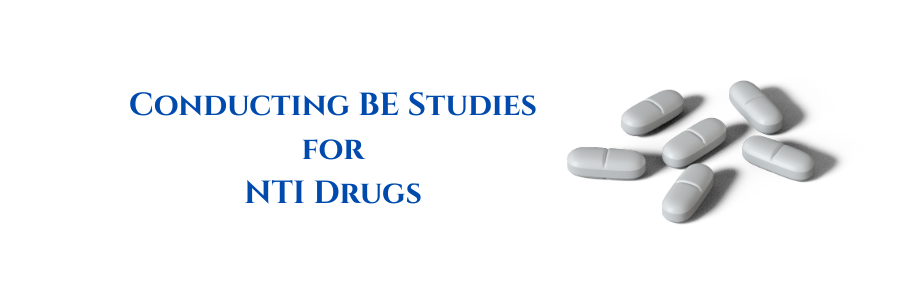Industrial Pharmacy

Understanding the Inactive Ingredient Guide (IIG)
The Inactive Ingredient Guide (IIG) is a regulatory database published and maintained by the United States Food and Drug Administration (USFDA). It serves as a critical reference for pharmaceutical scientists, formulation developers, and regulatory affairs professionals engaged in the development and approval of drug products—particularly generic drugs submitted through the ... Read More

Selection of Reference Product Across Different Regulatory Markets
Selecting the appropriate reference product is a key step in generic drug development. It serves as the basis for bioequivalence studies and regulatory submissions. The definition and selection criteria for a reference product vary by region, as outlined below. 1. United States (USFDA) – Reference Listed Drug (RLD) The USFDA ... Read More

Is f₂ in Multimedia a True Indicator of Bioequivalence?
The f₂ similarity factor is a commonly used mathematical tool in pharmaceutical development to compare the dissolution profiles of a test product and its reference listed drug (RLD). When the calculated f₂ value is ≥ 50, it indicates that the two profiles are similar under the tested conditions. Regulatory agencies ... Read More

R&D Guide to Dissolution Specification Setting
Setting dissolution specifications at the R&D stage is a critical step in pharmaceutical product development. It ensures that the formulation will consistently meet performance expectations and regulatory requirements. Here’s a clear step-by-step guide: How to Set Dissolution Specifications in R&D 1. Understand the Role of Dissolution Dissolution testing predicts how ... Read More

Anatomy of an FDA Inspection | Part 2 of 2
Winning the Inspection Game – The Habits of Inspection-Ready Companies LIVE THE CULTURE: The entire organization, from top management to line operators, knows that quality isn’t a department—it’s a mindset. It’s part of the air you breathe, the decisions you make. Follow SOPs consistently, encourage employees to report and fix ... Read More

Anatomy of an FDA Inspection | Part 1 of 2
Inspections are how the FDA checks that what’s promised is real: FDA inspections can occur for various reasons – a routine schedule, a follow-up to a prior issue, a pre-approval for a new product, or “for-cause” in response to a specific problem. What Happens During an FDA Inspection? (And What ... Read More

Blister Pack vs. Bottle | The Real Reason Behind Packaging Choices
Ever wondered why some medicines come in blisters while others are in bottles? It’s not just about cost or convenience—there’s a lot more behind these decisions! 1. RLD (Reference Listed Drug) – The Hidden Decision Maker When a generic drug is developed, it must match the Reference Listed Drug (RLD), ... Read More

What Should Flow Through HPLC Column?
What Should You Flow, and What Shouldn’t in HPLC? It Depends on Your Column! What you flow, what you avoid flowing, and in what order, all depend on your column’s stationary phase and physical parameters. Let’s break it down scientifically: Stationary Phase Chemistry 1. Reversed-phase columns (like C18): 2. Normal-phase ... Read More

Troubleshooting in HPLC | A Detective Game in the Lab
Even the best HPLC methods sometimes run into trouble. Poor peak shapes? pressure spikes? incorrect retention times? You need to identify define the problem, define which component(s) may be causing it, then solve it. This process is called troubleshooting. It’s an art as much as it is a science. Think ... Read More

Conducting BE Studies for NTI Drugs
Here’s a detailed explanation of how bioequivalence (BE) studies are conducted for narrow therapeutic index (NTI) drugs, including regulatory expectations, study design, analytical methods, and statistical analysis: Detailed Overview: Bioequivalence Study for NTI Drugs What are NTI Drugs? NTI (Narrow Therapeutic Index) drugs are those where small differences in dose ... Read More

DCP vs. MRP | Choosing the Right Regulatory Pathway in the EU
Navigating the European regulatory landscape can be complex, especially when seeking approval for medicinal products across multiple countries. Two key procedures streamline this process: Decentralized Procedure (DCP) and Mutual Recognition Procedure (MRP). While both facilitate multi-country approvals, understanding their differences is essential for strategic regulatory planning. Decentralized Procedure (DCP) DCP ... Read More
